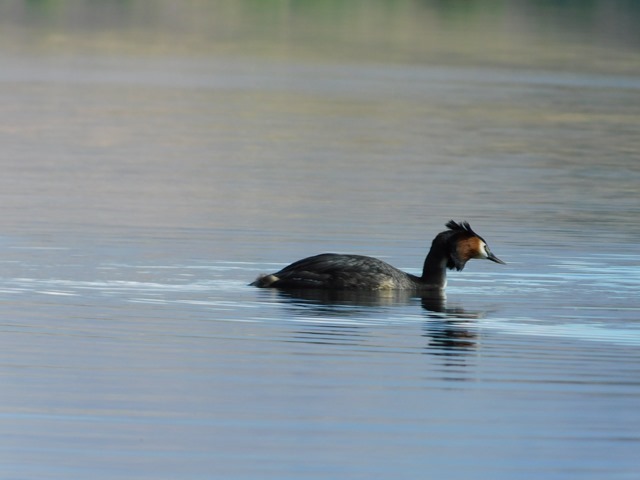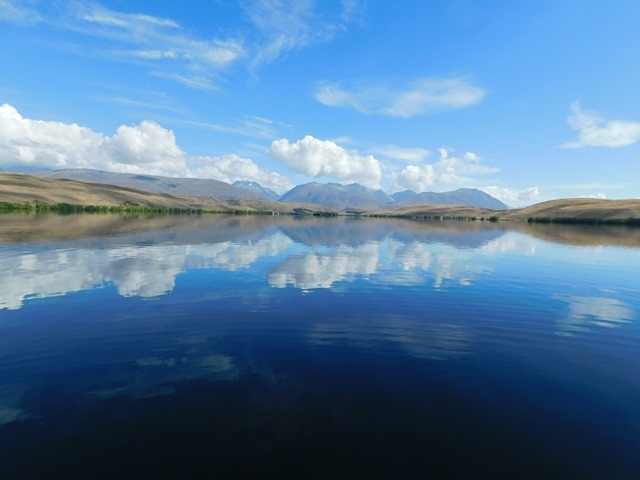luthj
Engineer In Residence
Tekapo
When trying to figure out where would go next, Jonathan saw a campsite near Lake Tekapo that had pretty pictures, so we thought, why not?

The lake itself ended up not being as scenic as depicted, but there was plenty of other things in the area to occupy us. First off, since I am a fan of kayaking, we decided to kayak along Lake Alexandrina instead of walk along it. The lake itself was super calm that morning.



A grebe shared the lake with us. They build floating nests and carry their young on their backs, since they are terrible on land!

Then we decided to walk up to the top of Mt John, which overlooked Lake Tekapo. Before we got there, though, I found some beautiful flowers!
From there, we thought we would relocate to another camping spot down the road. On the way, we passed by Lake Pukaki. From here, you can see Mt Cook/Aoraki, NZ’s tallest mountain, on the other end.
By Jen. When trying to figure out where would go next, Jonathan saw a campsite near Lake Tekapo that had pretty pictures, so we thought, why not?
The lake itself ended up not being as scenic as depicted, but there was plenty of other things in the area to occupy us. First off, since I am a fan of kayaking, we decided to kayak along Lake Alexandrina instead of walk along it. The lake itself was super calm that morning.
A grebe shared the lake with us. They build floating nests and carry their young on their backs, since they are terrible on land!
From there, we thought we would relocate to another camping spot down the road. On the way, we passed by Lake Pukaki. From here, you can see Mt Cook/Aoraki, NZ’s tallest mountain, on the other end.

